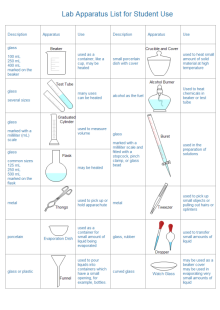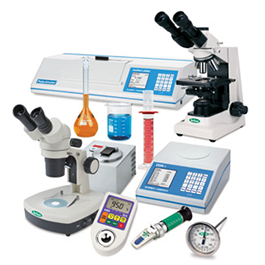Laboratory equipment is an essential component across a variety of research and medical settings, from schools and universities to private clinical laboratories. Ensuring these pieces of equipment are properly maintained is key for ensuring accuracy in results. One important factor to consider when maintaining laboratory equipment is the humidity level of the environment in which it is stored. To ensure optimal performance, humidity controlled rooms are essential for the safety and proper functioning of laboratory equipment.
The Role of Temperature in Maintaining Quality
The temperature of a laboratory affects the quality of the equipment, as well as the accuracy of their results. Any drastic changes in temperature can cause distortion and inaccuracy in laboratory results. Humidity controlled rooms provide a consistent temperature range that allows machines to achieve accurate readings without any interference with other circumstances.

Ensuring Properly Balanced Humidity Levels
Achieving the right balance of humidity is key for proper functioning of laboratory equipment. High humidity levels speed up the aging process, because high levels tend to cause oxidation on the internal components of equipment, potentially leading to malfunction or inaccuracy. Low humidity causes condensation, which subsequently leads to corrosion, damaging delicate electrical components.
Humidity controlled rooms equipped with a dehumidifier and humidifier regulate the humidity levels within a balanced range. This prevents oxidation, condensation and corrosion from happening, protecting internal components from damage thus preserving the performance of the equipment.
Minimizing Repair Time
Maintaining a consistent temperature helps minimize repair time of laboratory equipment. In an environment with fluctuating temperatures repairs can take longer, as the technician needs to check all components to make sure nothing was affected by temperature variances. Keeping temperatures within the recommended range ensures optimal performance and maximum up-time of the devices.
Reducing Maintenance Expenditures
Humidity controlled rooms can have a positive financial impact on laboratory operations. By prolonging the lifespan of equipment through proper calibration and maintenance techniques, it is possible to reduce long-term acquisition costs and improve overall laboratory efficiency. This can mean operating at higher productivity levels with fewer equipment failures, meaning less money will be needed for repairs or replacements.
Furthermore, reliable operation of laboratory equipment does not just save money, but also provides peace of mind for researchers and clinicians who rely on accurate results for proper diagnosis or data collection. Thus, humidity controlled rooms provide added protection for users, helping to ensure lab operations run smoothly and reliably.
Cost Effective Solutions
Today, there are cost effective solutions that provide adequate temperature control and humidity sensing capabilities. Many modern systems have integrated sensors that actively monitor humidity, while preventing equipment failure due to sudden temperature changes. These systems help maintain the proper balance between temperature and relative humidity, preserving and protecting equipment.
Humidity controlled rooms are essential for achieving accurate and reliable results from laboratory equipment. Properly balancing humidity and temperature can extend the life of devices, reducing total acquisition costs and giving researchers the confidence in knowing their equipment is functioning at its best. Investing in modern systems that provide both temperature and humidity control capabilities is a smart move for any laboratory looking to maximize their budget.

